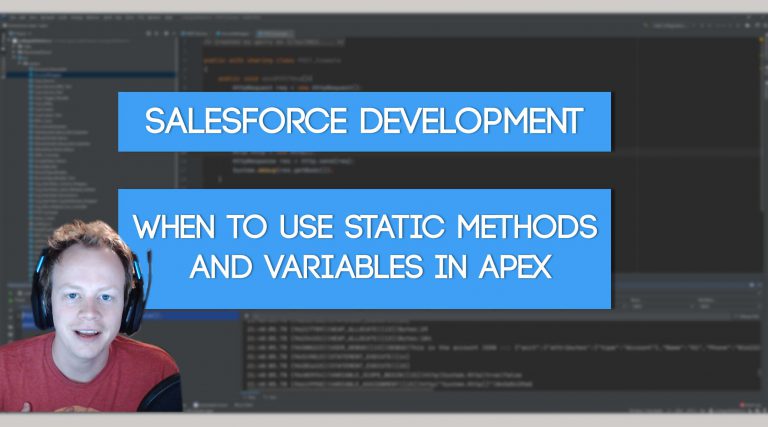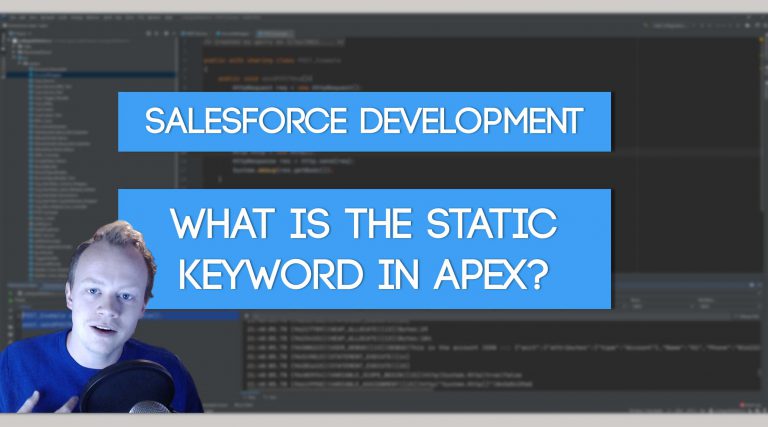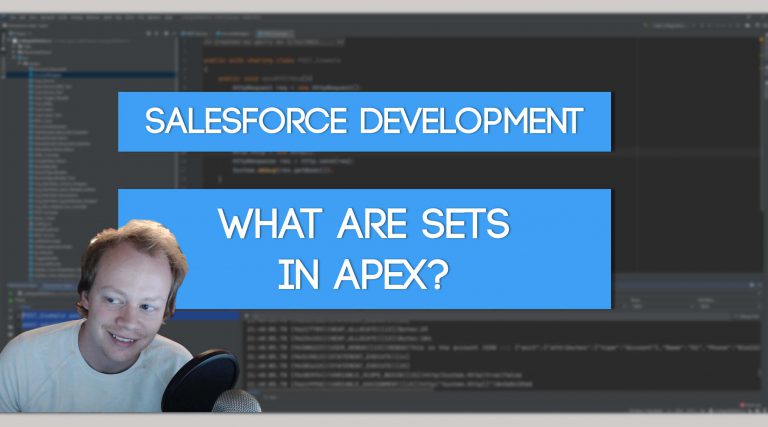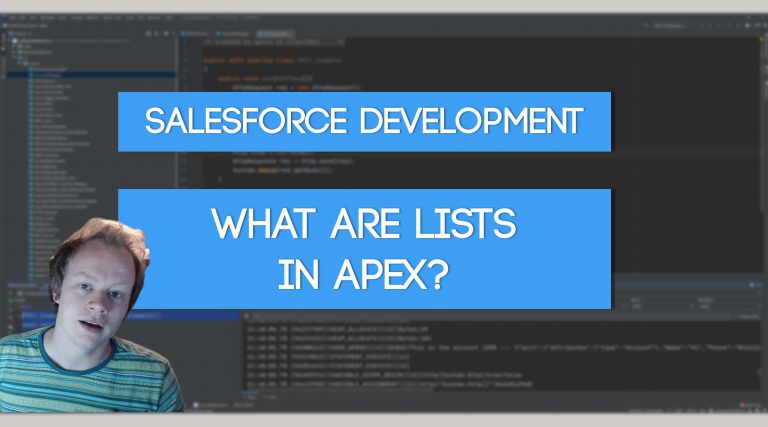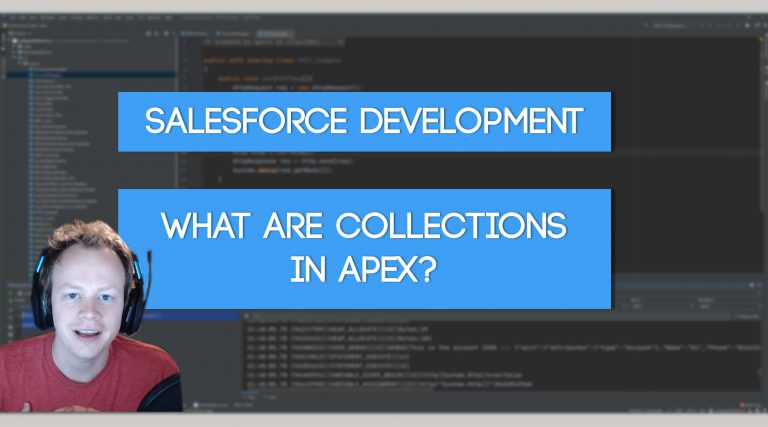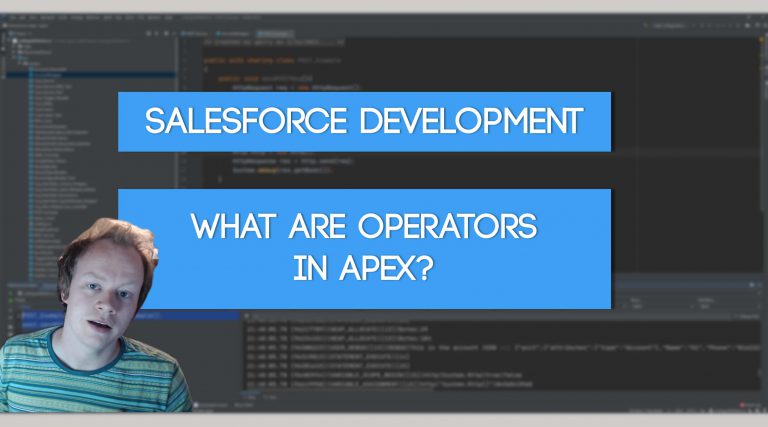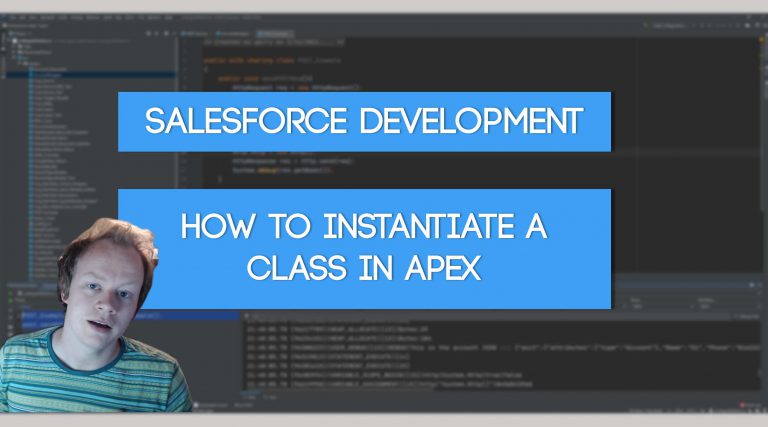Salesforce Apex Master Class (Ep. 23) – When to use the Public Keyword In Apex
The public keyword, it’s just so public you know? But what exactly does that mean? And when should I even use it bruh? Together we’re gonna learn all about that and sooooooo much more, so what are you waiting for? Click that play button above homie and let’s get this learnin a churnin! Get Coding…


